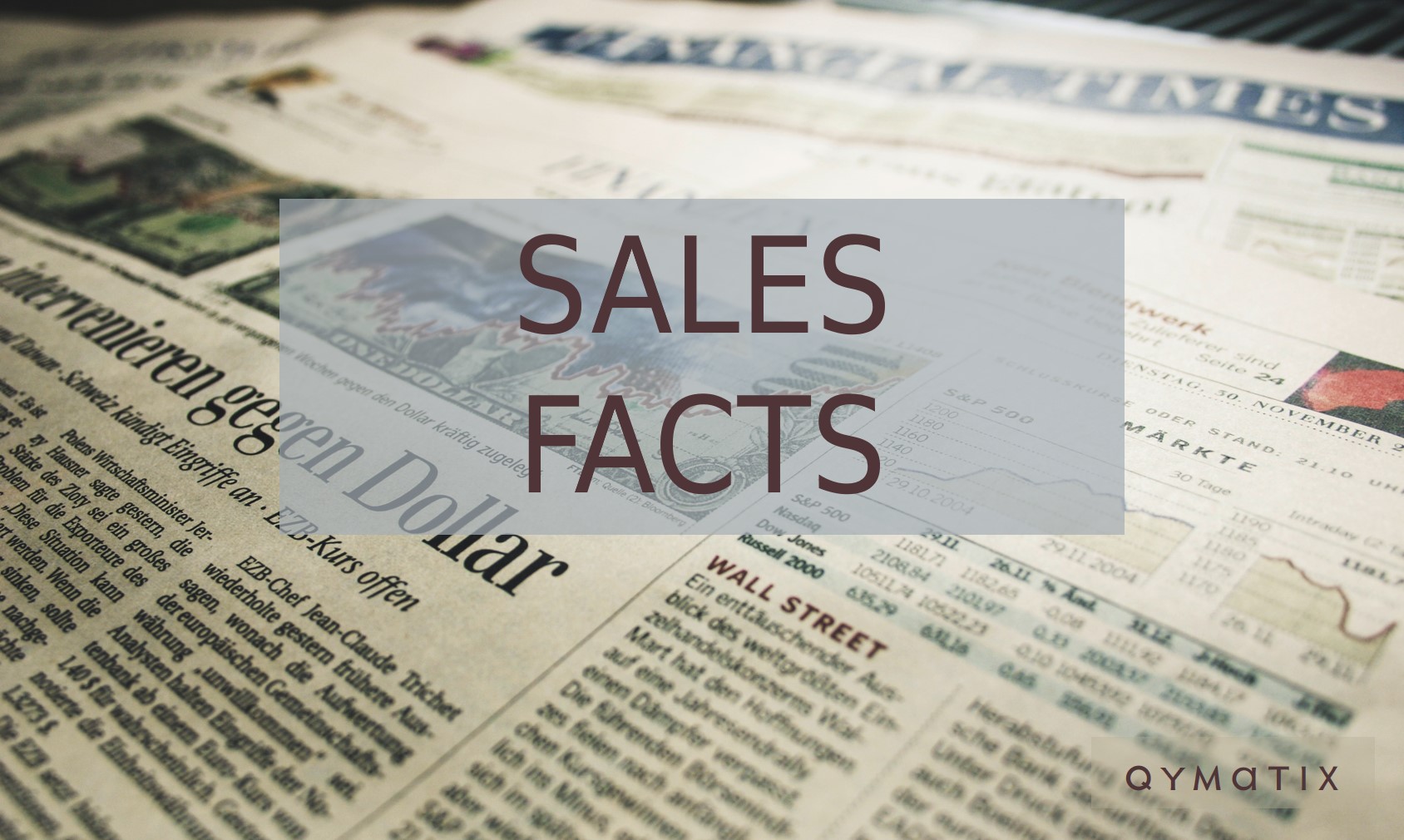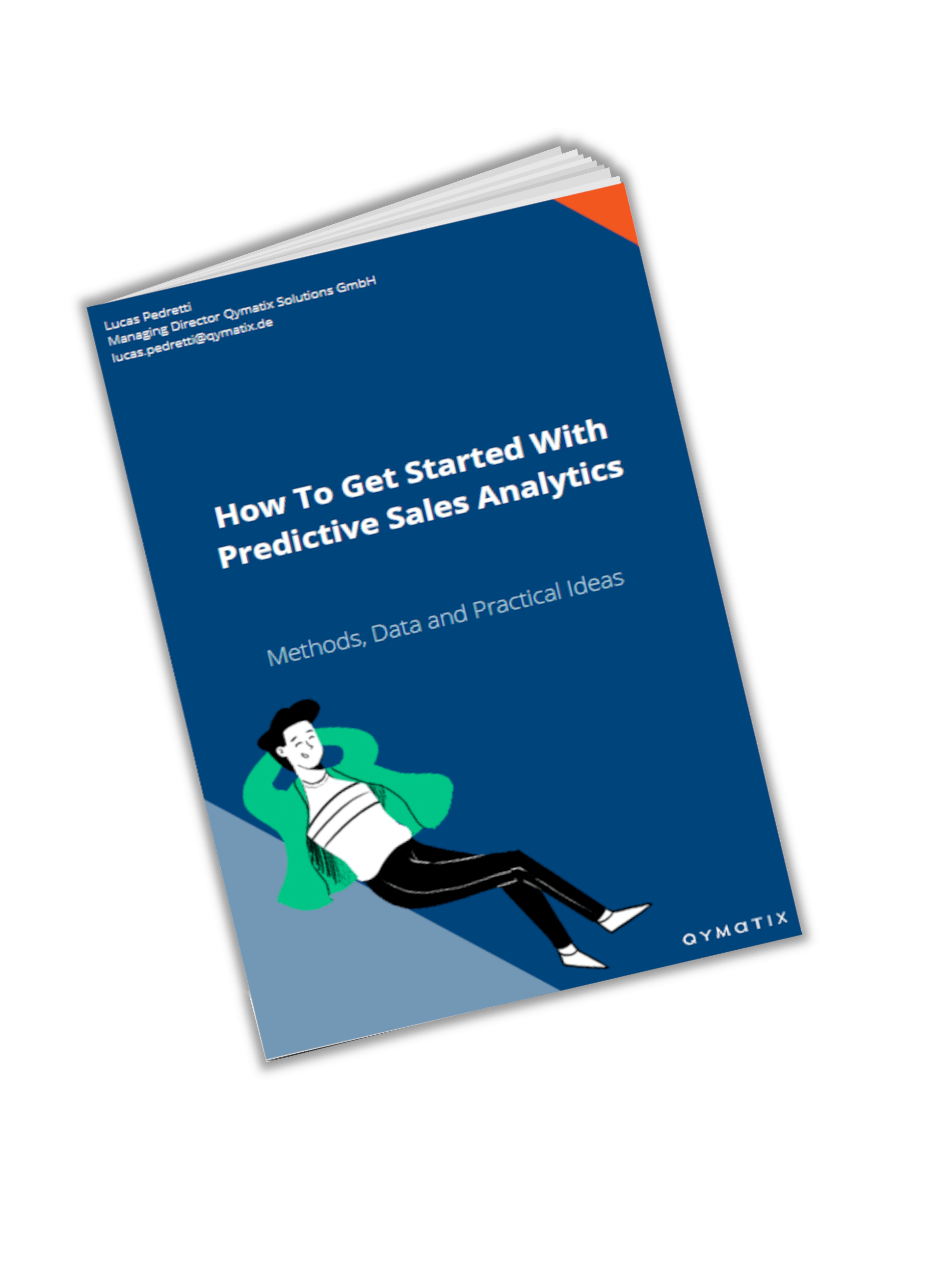Five interesting Facts & Statistics About B2B Distribution

Please enter your Email address
B2B Sales is changing because buyers are changing – mainly in the way they buy. Companies in B2B distribution are particularly affected by the changes in customer behaviour and their competitive environment. The shift in customer behaviour is the primary driven-factor behind the digitalisation of sales.
In particular, digitalisation represents a critical challenge for medium-sized wholesalers and distributors. While digital technologies have already turned many industries upside down, such as the retail industry, traditionally stationary B2B retailing has not yet been affected to the same extent.
Ironically, medium-sized wholesalers and distributors also play a significant role in this transformation. They push forward the data-driven automation of business processes, make sales operations and logistics more efficient, and transfer created benefits across different economic sectors.
Let’s review a couple of interesting facts about it.
Fact 1: In China, the B2B e-commerce transaction volume amounted to 2.16 trillion Euros, almost half of the American one.
Statistics of 2016 showed that the total transaction volume of B2B e-commerce in China had amounted to 16.7 trillion yuan. This number equals to approximately 2.16 trillion Euros or 2.67 trillion U.S. dollars.
In comparison, in the last reported period, manufacturing and merchant B2B e-commerce wholesale revenue in the U.S. added to 4.6 trillion Euros in B2B (5.71 trillion U.S. dollars).
In short, the American B2B e-commerce market is still the biggest in the world – by far.
Source: Statista
Fact 2: The average EBIT margin of the most significant IT European distributors is 1%. Their vendors earn ten times as much.
Wholesale B2B Distribution is cracking. Digital commerce allows a -sometimes not entirely welcomed – price transparency. Besides, vendors and manufacturers are eroding traditional distribution when opening their direct digital channels.
On average, on for wholesale B2B Distribution in IT and consumer electronics European market, the most prominent players can expect to earn a meagre 1%. A Bain report showed that Esprinet, Also and Exertis, the most profitable European distributors, have margins between 1.4 and 1.7%, compared with a 1% average.
In general, the cited report found that IT distributors are facing increasing pressure on profitability due to a combination of factors. These factors include competitive pressure among themselves, traditional channels coming under increased stress from Amazon and a sharply declining PC end market.
To put this in context, global industrial manufacturers earn ten times as much. Global Electrical Equipment manufacturers and diversified industrial groups (such as Siemens) have in comparison a Net Income Based After-tax Lease Adjusted Margin higher than 11%.
Sources: Bain – The European Market for Wholesale B2B Distribution in IT and Consumer Electronics TCA white paper – June 2017
Aswath Damodaran -New York University – Margins by Sector (US)
While a B2B vendor can make 11 %, its distributor is getting an average 1 %.
Fact 3: Wholesalers and distributors in Germany employ two million people.
Wholesaling is an economic heavyweight in Germany and a vital driver of economic development. In 2017, over 1.9 million workers in 125,000 companies generated revenue of € 1.150 billion. In particular, the B2B production trade (trading with raw materials, semi-finished and finished goods as well machinery) sold € 614 billion. It is the most important sector of the German retail segment by revenue.
In the US, an estimated two-thirds of its gross domestic product (GDP) comes from retail alone. A fifth of this from motor vehicle & parts dealers, its most important segment.
The current shifting situation of the distribution market can have a severe impact on the number of people employed in the USA and Germany.
Source: Federal Association of Wholesale, Foreign Trade, Services e. V. (BGA) – BGA financial year 2017/18 (in German)
Fact 4: 50 % of all B2B purchases are probably already made directly online.
Digital distribution is gaining pace. B2B buyers expect to make around half of their purchases online, without the intervention of a sales rep. This change in buying behaviour is driving brick-and-mortar retailers out of business and reshaping the role of salespeople.
Just to put it in context, in less than 20 years since going public, Amazon is today the eighth largest employer in the US.
Of course, not every company needs to develop its direct online channel, but it certainly needs to trade digitally.
Source: Forbes – Predicting The Future Of B2B E-Commerce
Every B2B company needs to trade digitally nowadays.
Fact 5: Nine out of ten B2B buyers uses the internet for their purchase.
Nobody should be surprised by this fact. 89 % of B2B buyers use the internet for vendor selection. Same as individual consumers, purchasers research online before contacting sales. This per the 2014 B2B Path to Purchase Study conducted by Google/Millward Brown Digital.
Not every industry is reached in the same way by this buying trend. The most straightforward test a sales leader can do to assess the extent of this change is to survey her customers. “How do you prefer to buy from us”.
Source: Navigating the new path to purchase – Millward Brown Digital
Five interesting Facts & Statistics About B2B Distribution – Summary
In this short article, we wanted to summarise some impressive statistics about B2B e-commerce. Sales in B2B over digital channels has dramatically expanded in the past five years and is still experiencing robust growth.
Wholesalers and distributors in the USA are still the most prominent international market, followed by China and Europe. In Germany, the distribution industry employs two million people.
Sales in Business-to-Business is changing because customers are changing. Studies show that already, 50% of all purchases are made directly online. This fact sounds logical, knowing that 89 % of B2B buyers use the internet for their purchase and vendor research.
Wholesalers and distributors are not having a rosy time. Due to the transparent nature of online retailing, intense competition brings prices down and weakens customer loyalty. Also, traditional marketing strategies are losing their effectiveness, while manufacturers are eroding the model of multilevel distribution. The average margin of the biggest European distributors in technology is 1%. Global industrial manufacturers earn ten times as much.
I WANT TO START WITH PREDICTIVE SALES ANALYTICS
Free eBook for download: How To Get Started With Predictive Sales Analytics – Methods, data and practical ideas
Predictive analytics is the technology that enables a look into the future. What data do you need? How do you get started with predictive analytics? What methods can you use?
Download the free eBook now.
- We will use this data only to contact you for discussing predictive sales KPIs. You can read here our declaration on data protection.

https://qymatix.de/en/predictive-sales-analytics-customer-churn/

